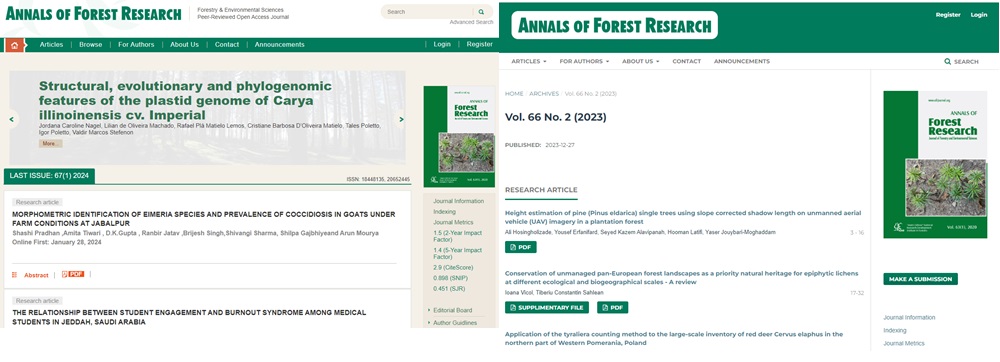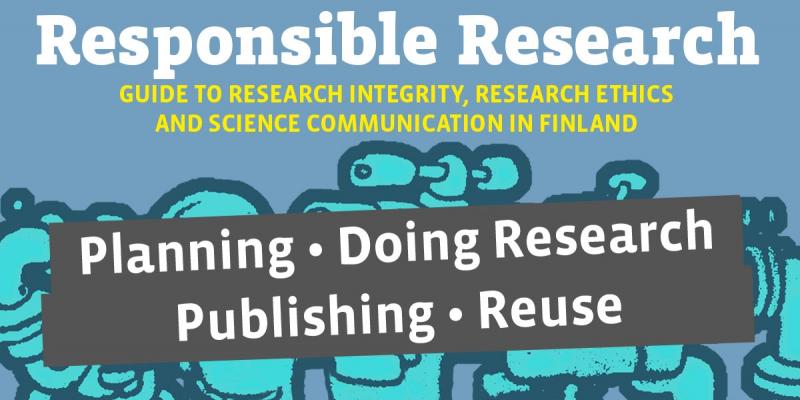
Predatory publishers hijack journals to mislead researchers into submitting their manuscripts to a cloned journal instead of the original.
Hijacked/cloned journals refer to publication channels whose operation is based on copying a website of an existing journal with the aim of deceiving researchers into submitting their articles to the cloned journal instead of the original. They purpose is to collect article processing charges by utilizing the reputation of the original journal. The hijacking of scientific journals is a less well-known approach used by predatory publishers.
Predatory publishers are not a new phenomenon. Journals with questionable editorial policies attract researchers with a fast publishing process and lower-than-average article processing charges. This is possible, as the journals publish the articles as they are, without a thorough editorial and external peer review by experts.
Several tools have been developed to identify deceptive journals. The best known of these is Cabells predatory reports, which maintain a comprehensive collection of questionable journals, and which is widely available through universities and research organizations. In addition, predatory journals can be identified, for example, by using Think. Check. Submit. and Retraction Watch services. Retraction Watch also provides Hijacked Journal Checker database that lists identified hijacked journals.
In this context, it is important to note that genuine journals, which are the victims of hijacking, are not involved in any dishonest practices. However, being hijacked can cause great financial and reputational harm to the genuine journal. Some of them have been discontinued due to publication concerns caused by hijackers. The harm is also caused to the researcher, who mistakenly submits a manuscript to a hijacked journal.
Small journals as targets for hijacking
A recently published study examined hijacked journals and their appearance in the Scopus database. The study identified 67 Scopus-indexed journals whose copied version was in the possession of the hijackers. Of these, 44 journals had managed to index unauthorized content and 34 compromised the homepage link in the journal profile in Scopus, redirecting potential authors to the clone journal instead. The number of articles indexed by the hijacked journal in Scopus varied a lot, with the maximum number of illegal articles reaching over 3,000 per year.
Journals of small publishers, associations or organizations indexed in international reference databases such as Pubmed, Scopus or Web of Science, are typical targets of hijacking. A typical hijacking takes place either by registering a journal's expired domain name or by creating a new domain that mimics the original journal's address.
One of the first and most well-known examples of hijacked journals is Jökull, published by the Geological Society of Iceland. The hijacker created an almost identical website, which was very difficult to distinguish from the original. Since then, the original Jökull has changed the appearance of its website.
Several of the 67 publication channels identified in the study can also be found in the Publication Forum. The data for these will be reviewed during this spring, especially regard to links. If the website link is expired, it may have ended up being used by the hijacker.
Challenge of identifying hijacked journals

Identifying a hijacked journal can be difficult if it is not indexed in Cabells Predatory Reports or Hijacked Journal Checker. Although it is often not possible to define scientific quality or originality based on, for example, a journal's website, it is nevertheless possible to draw attention to a few features associated with identified hijacked journals:
- Journal articles do not correspond to the original journal's discipline.
- Editorial board’s affiliations are missing or incomplete.
- Journal can only be contacted by web form or email.
- Articles contain an exceptionally large number of citations to other articles in the same journal.
On the other hand, the journal's publishing platform or technical implementation does not indicate its reliability. Hijacked journals can also be published using well-known open-source software, such as OJS, which is widely used as a publishing system for peer-reviewed journals. Also, when searching on Google, for example, a hijacked journal may appear higher in search results than the original journal.
However, whenever there is doubt, it is worth investigating further, and if necessary, ask for help, for example, from the scientific library, or if the journal has also been evaluated in Publication forum, from the address julkaisufoorumi@tsv.fi.
Previous posts on the subject:
- Sustainability to level 0 in 2023 (30.9.2022)
- Level 1 review (25.7.2023)
- Publication volume decreased in MDPI journals (17.10.2023)
Written by Anna-Kaarina Linna
Kuva: Pixabay, Pexells

